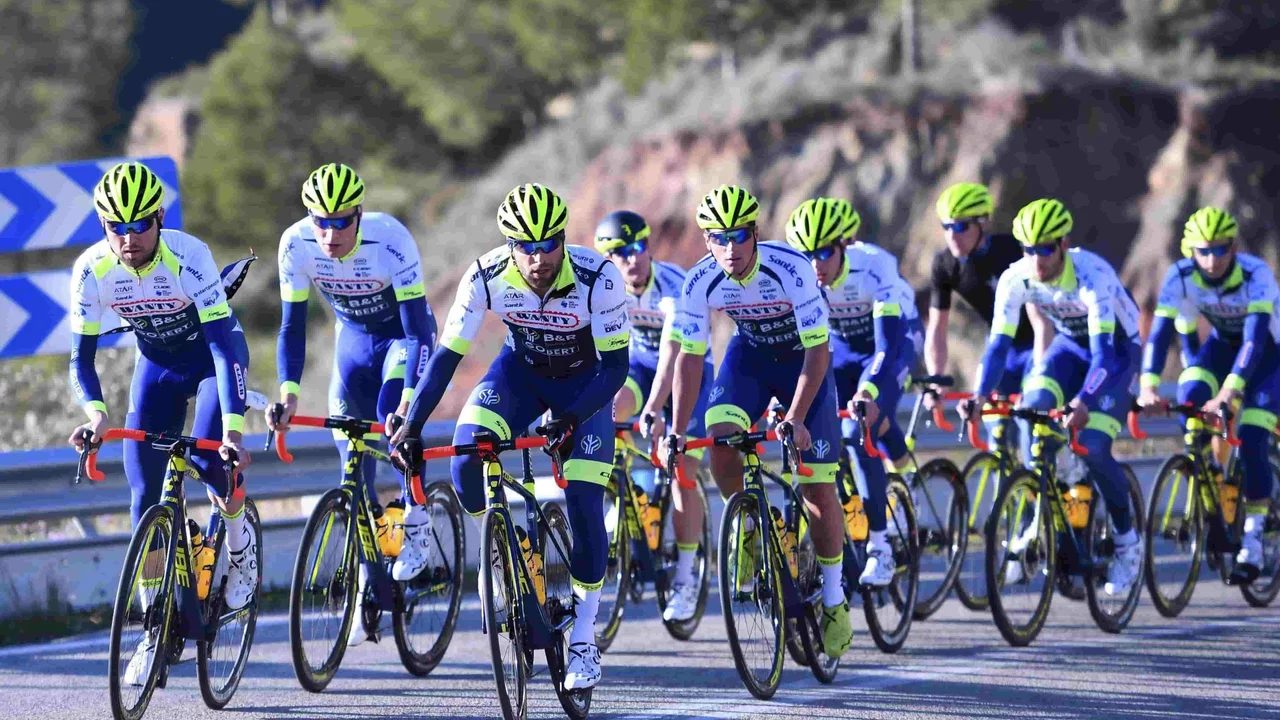Disadvantages of Cycling: What to Watch Out For
Thinking about hopping on a bike? It’s a great way to stay fit, but it isn’t all sunshine and smooth roads. Let’s be real about the downsides you’ll face and how to make them less painful.
Safety Concerns
Sharing the road with cars, trucks, and unpredictable drivers is the biggest headache for many riders. Blind spots, fast‑moving traffic, and reckless lane changes can turn a pleasant ride into a risky one. Wearing a bright helmet, using reflective gear, and staying visible at intersections cut the danger down dramatically. And don’t forget the rules—stop at red lights, signal every turn, and obey local traffic laws.
Another safety issue is the risk of falls. Potholes, gravel, or sudden stops can send you sprawling. Keep your tires inflated, check brakes before each ride, and choose routes with smooth surfaces whenever possible. A quick glance at the road ahead can save you from a nasty tumble.
Cost and Maintenance
Buying a decent bike isn’t cheap. A solid road or mountain bike can cost a few hundred to several thousand pounds, plus you’ll need a good lock, lights, and a helmet. Then there’s the ongoing maintenance: regular chain lubing, brake adjustments, and occasional part replacements add up.
Schedule a quick tune‑up every few months, even if you only ride a couple of times a week. Small tasks like cleaning the drivetrain or checking tire pressure prevent bigger, costlier repairs later. If you’re on a tight budget, look for second‑hand bikes in good condition and learn basic fixes—you’ll save a lot.
Weather is another big factor. Rain, snow, and strong winds can make cycling uncomfortable or even unsafe. When it’s wet, brakes take longer to work, and slick roads increase slip risk. Dress in layered, waterproof clothing and use tires with good grip. If the forecast looks miserable, consider a quick indoor workout instead of battling the elements.
Time constraints also matter. A 30‑minute commute might sound easy, but you need extra minutes for prep, lock‑up, and possibly a change of clothes at work. Plan your route so you can avoid busy streets and have a safe spot to park. Some people find bike‑share programs a handy shortcut when they’re short on time.
Lastly, the learning curve can be steep if you’re new to cycling. Balancing, shifting gears, and reading traffic take practice. Start on quiet streets or bike paths, build confidence, and gradually tackle busier roads. The more you ride, the more natural it becomes.
Bottom line: cycling has its drawbacks, but none of them are impossible to handle. By staying visible, maintaining your bike, dressing for the weather, and planning ahead, you can enjoy the ride without being constantly weighed down by the downsides.
Alright, my lovely townie-racers, here comes the downside of our two-wheeled adrenaline rush. First off, our sweet towns aren't built for the Tour de France, so expect a lot of traffic disruptions and road closures. Then, there's the safety aspect - dodging Mrs. Johnson's poodle or little Timmy's flying soccer ball is a unique urban challenge! Not to forget the hefty costs for town councils to organise such events, transforming our peaceful streets into a makeshift racecourse. Lastly, the environmental impact can't be ignored. We're talking litter, noise pollution and the carbon footprint of those not-so-green support vehicles. So, let's tread lightly on those pedals, folks!
Continue reading...
